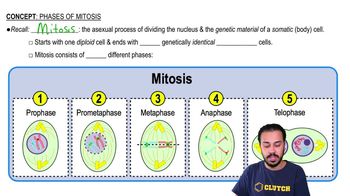Number the following steps of protein synthesis in the order in which they occur, starting with 1 and ending with 9.
a._____The stop codon is reached, and the polypeptide is released.
b. _____The small ribosomal subunit finds the start codon, and the large ribosomal subunit joins.
c. _____The end of the gene is reached, and the pre-mRNA is released and then edited.
d. _____The transcription factor binds the promoter.
e. _____The protein is folded and modified to become functional.
f. _____ RNA polymerase builds the mRNA transcript.
g. _____mRNA and initiator tRNA bind the small ribosomal subunit.
h. _____ New tRNAs are brought into the A site successively, and the peptide chain of the tRNA in the P site is joined to the amino acid of the tRNA in the A site.
i. ______mRNA exits the nucleus via a nuclear pore.



